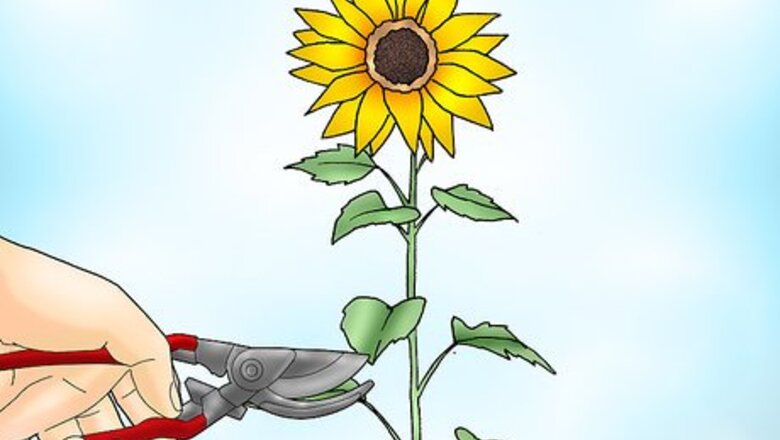
views
Knowing When to Prune
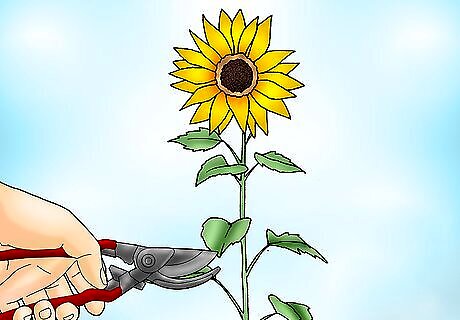
Cut your perennial plants back twice a year. A good general rule for pruning perennial sunflowers is to cut them down to half their size in the late spring or early summer. Then, reduce their size again by a third in June or July.

Keep your warm climate in mind. Gardeners from warmer climates should prune Maximillian, swamp (Helianthus angustifolius), and willow leafed (Helianthus salicifolius) sunflowers to two-thirds of their original height in June. This procedure will keep these potential giants at a more manageable size and eliminate the need to stake them.

Avoid pruning after the first blooms appear. Most perennial sunflower species bloom between mid and late summer. Gardeners should keep an eye on their plants at such times and refrain from pruning them after their buds start forming. However, the rules are slightly different for late summer blooming varieties. Late summer blooming types should be pruned back when they reach between 1.5 to 2 feet (0.5 to 0.6 m) in height, because they will recover in a few weeks and bloom regardless of the cuts.

Prune very tall varieties of sunflowers in June or July. Maximilian sunflowers (Helianthus maximiliani) and Mexican sunflowers (Tithonia diversifolia) should be trimmed in June or July. This will reduce the sunflowers’ size from their typical height of 9 feet (2.7 m) or greater to a much more manageable 4 feet (1.2 m). Maximilian sunflowers can also be left standing through the winter months as food for the birds. If you choose to leave your tall sunflowers for the birds, they can be cut to the ground in the early spring to prepare the plant for new growth.
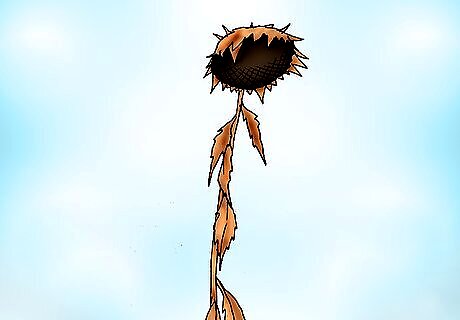
Know that your annual flowers will not bloom again. Annual sunflowers can be trimmed back to the ground when they start to dry out and turn brown. They will not bloom again so many gardeners choose to remove them from their gardens entirely.
Pruning Your Sunflowers
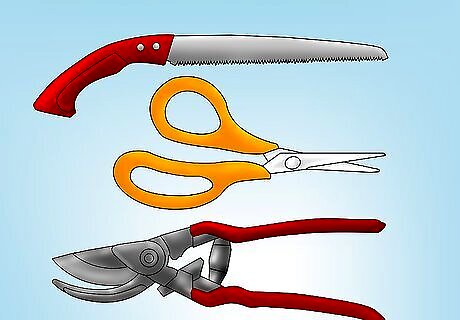
Sterilize all pruning equipment prior to use. Sterilizing your pruning equipment is particularly important if you have dealt with some diseased plant parts recently. This will prevent any lingering bacteria or germs from unintentionally being spread throughout the garden. Prune sunflowers with sharp bypass hand pruners or hedge shears.
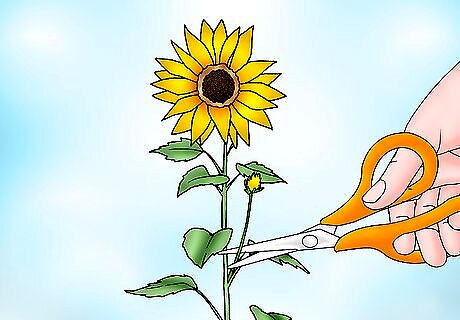
Trim away unhealthy parts of the plant first. Trim any sick, weak, damaged, crossing, or dead branches off of your plant before starting into any sort of heavy pruning operation. Diseased parts should be kept out of the compost bin to prevent the ailment in question from being transmitted to any other plants. These bits of debris will instead need to be burned or bagged up and left for the local waste crews to collect.
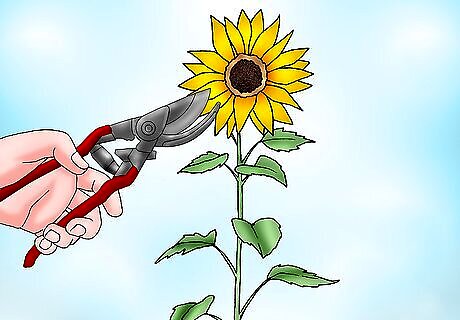
Prune your perennials so that they take on the desired shape. Once you have cut away all of the unhealthy branches, you can choose to prune your perennial sunflowers for shape. Some people prefer to only prune away damaged parts of the plant so that their sunflowers can take on a more wild look.

Water your plants after you prune them. Water the sunflowers regularly after pruning to help them recover from the stress of being trimmed back. Give them enough water to thoroughly soak the soil every time the top inch of the soil becomes dry.














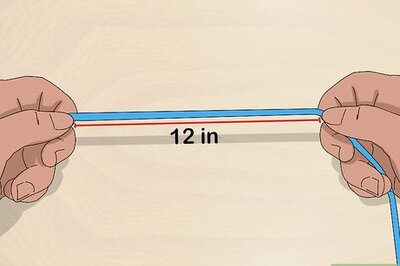





Comments
0 comment